Maintaining and operating an interlocking brick making machine involves several costs that can vary based on numerous factors such as machine type, location, and usage frequency. Interlocking brick making machines are crucial for producing durable and eco-friendly bricks used in construction. Understanding the cost components associated with these machines can help businesses plan their budgets effectively and ensure smooth operation. This article provides a comprehensive overview of the costs involved in maintaining and serving an interlocking brick making machine.
Initial Purchase Cost
The initial cost of purchasing an interlocking brick making machine can be substantial. This cost depends on the machine's capacity, automation level, and brand. Basic manual models are generally less expensive, while automated and semi-automated machines come with a higher price tag. Additionally, machines with higher production capacities and advanced features such as hydraulic systems and automated controls will cost more. It's essential to factor in these initial costs when planning for the acquisition of such machinery.
Operational Costs
Operational costs include expenses related to running the machine on a day-to-day basis. These costs cover utilities such as electricity, water, and raw materials required for brick production. The efficiency of the machine plays a significant role in determining these costs. High-efficiency machines may consume fewer resources, leading to lower operational expenses. However, it's crucial to consider that more advanced machines might have higher utility demands, impacting overall costs.
Maintenance Costs
Regular maintenance is essential to ensure the longevity and efficiency of an interlocking brick making machine. Maintenance costs typically include routine inspections, part replacements, and lubrication. The frequency of maintenance depends on the machine's usage and the manufacturer's recommendations. Common maintenance tasks include checking and replacing worn-out parts such as molds, hydraulic components, and electrical systems. Preventive maintenance can help avoid costly repairs and downtime, making it a crucial aspect of machine upkeep.
Repair Costs
Despite regular maintenance, repairs may be necessary due to unexpected breakdowns or wear and tear. Repair costs can vary based on the nature and extent of the damage. Minor repairs might involve replacing small components or fixing electrical issues, while major repairs could require significant parts replacements or professional services. Having a contingency fund for repairs is advisable to manage these expenses effectively. Additionally, the availability of spare parts and the cost of skilled technicians can influence repair costs.
Labor Costs
Labor costs include the wages of operators and maintenance personnel required to run and service the machine. Skilled operators who can efficiently manage the machine and perform minor troubleshooting tasks are essential. Depending on the complexity of the machine and the level of automation, the need for specialized personnel may vary. Investing in training for operators can enhance productivity and reduce the likelihood of costly mistakes, contributing to overall cost management.
Insurance Costs
Insurance is another crucial aspect to consider when owning an interlocking brick making machine. Insurance can cover potential risks such as damage to the machine, theft, or accidents. The cost of insurance depends on the machine's value, usage, and location. Ensuring adequate coverage can protect against unforeseen financial losses and provide peace of mind. It's advisable to review insurance options and select a policy that meets the specific needs of your operation.
Training and Skill Development Costs
Training and skill development for operators and maintenance staff are essential for the effective use of an interlocking brick making machine. Investing in training programs can help employees understand the machine's operation, maintenance requirements, and troubleshooting techniques. Proper training can enhance operational efficiency, reduce errors, and prolong the machine's lifespan. The cost of training programs should be included in the overall budget for machine operation and maintenance.
Conclusion
Maintaining and serving an interlocking brick making machine involves various costs, including the initial purchase, operational expenses, maintenance, repairs, labor, insurance, and training. Each of these cost components plays a significant role in the overall budget for operating the machine. By understanding and planning for these expenses, businesses can ensure efficient operation, minimize downtime, and optimize their investment in brick production machinery. Effective cost management and regular maintenance are key to achieving long-term success and sustainability in the brick-making industry.




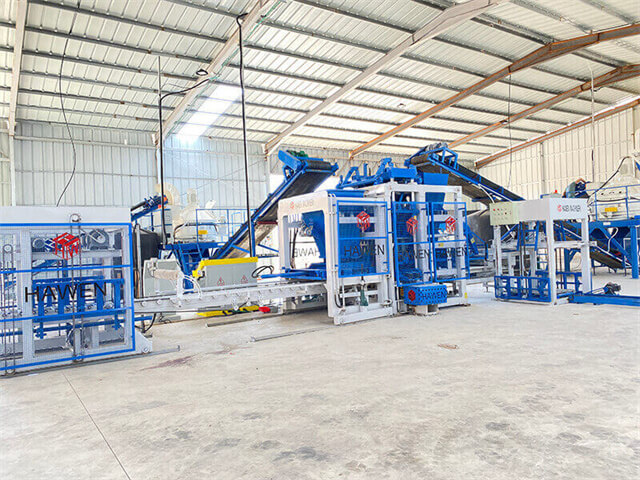
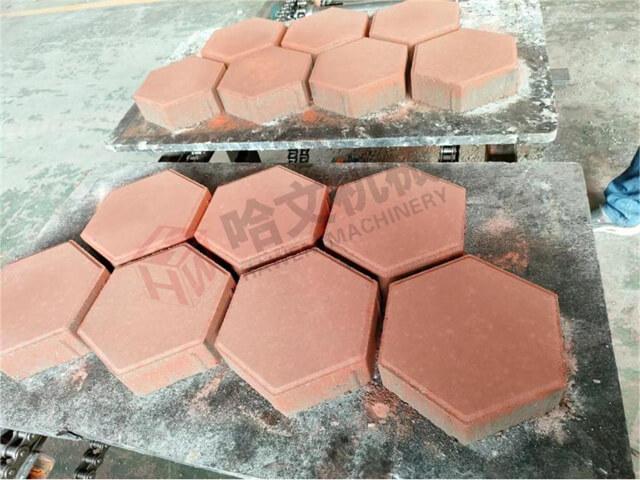
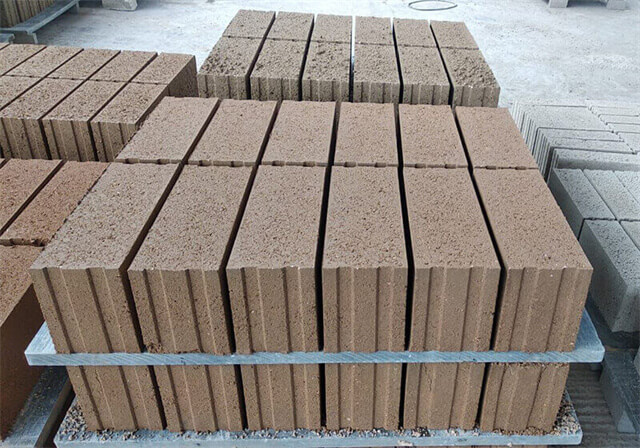
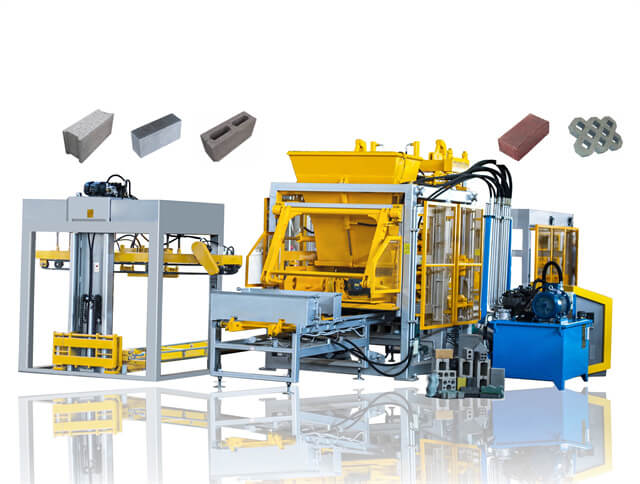
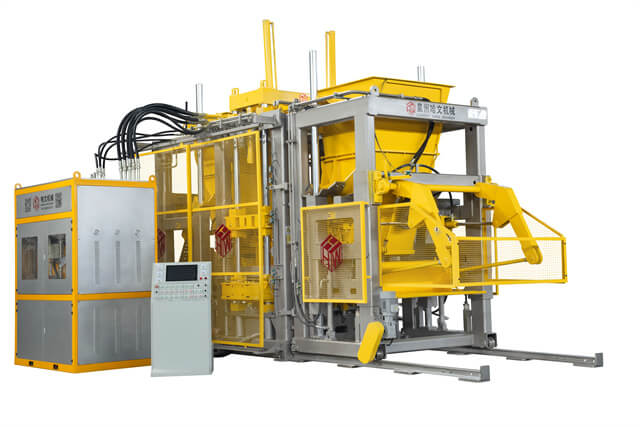
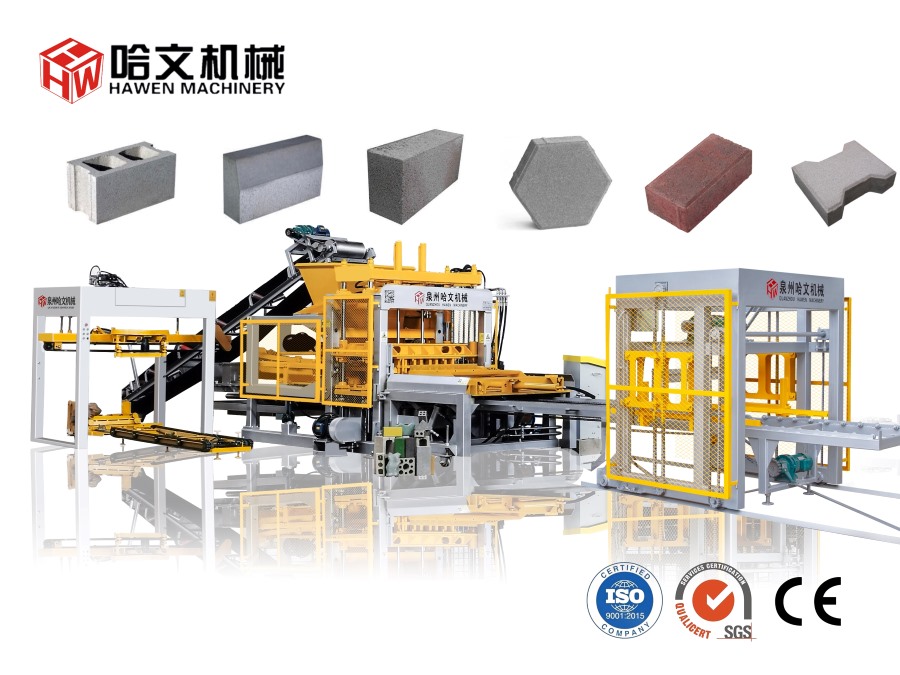
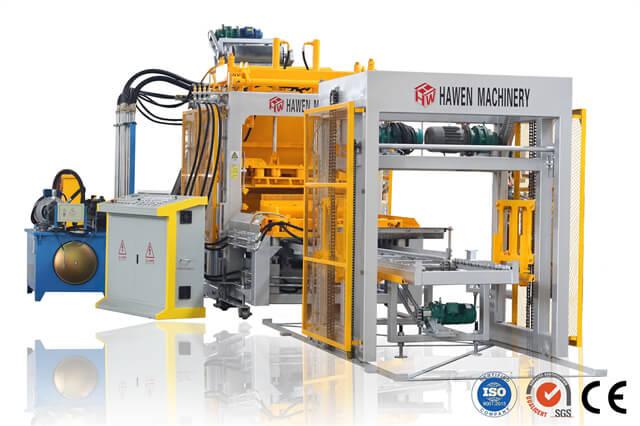
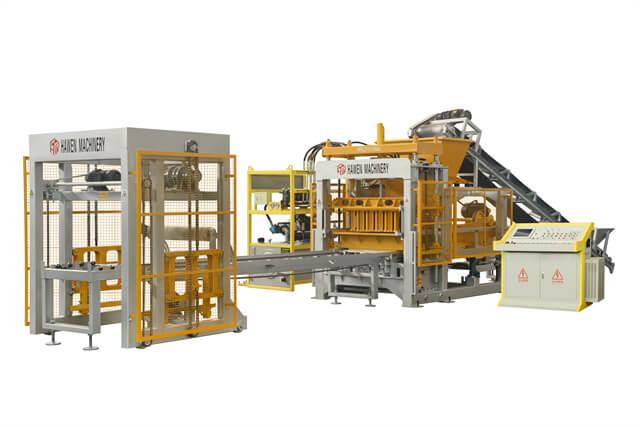
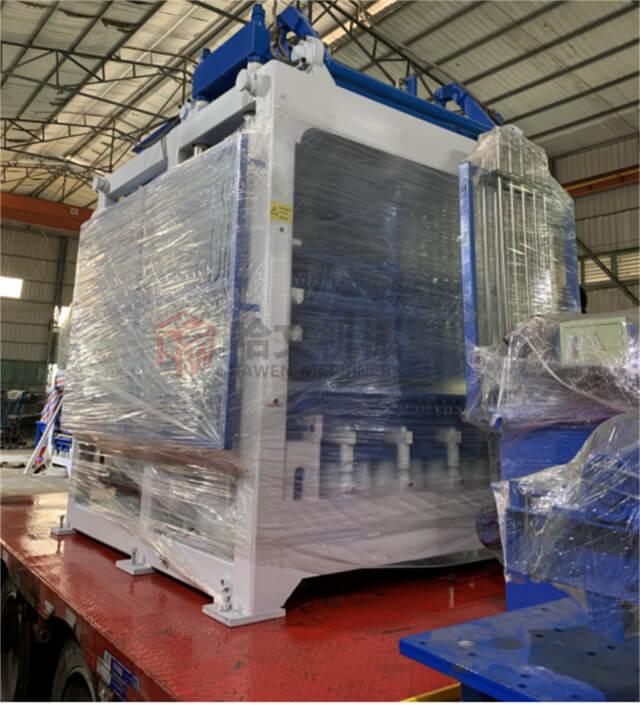
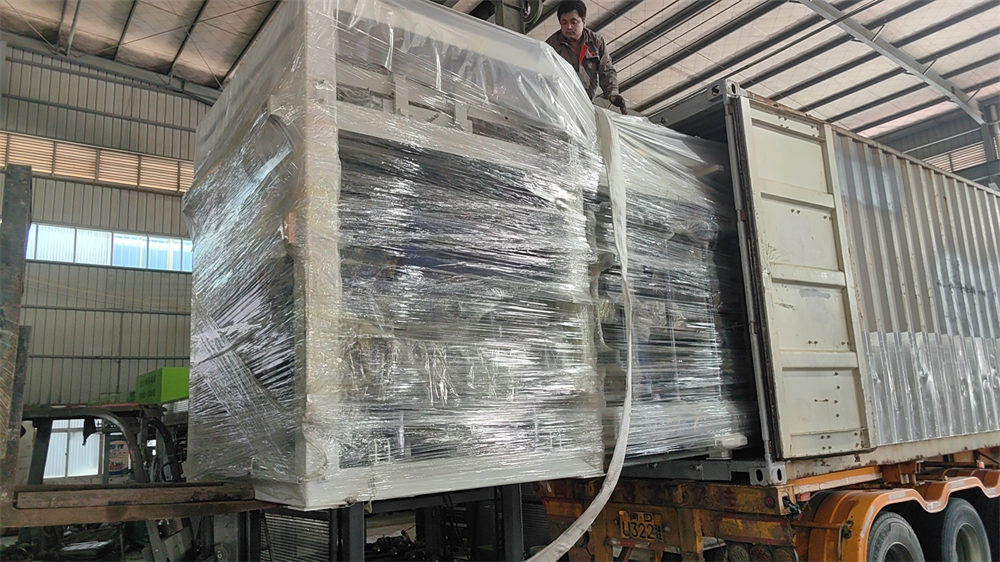
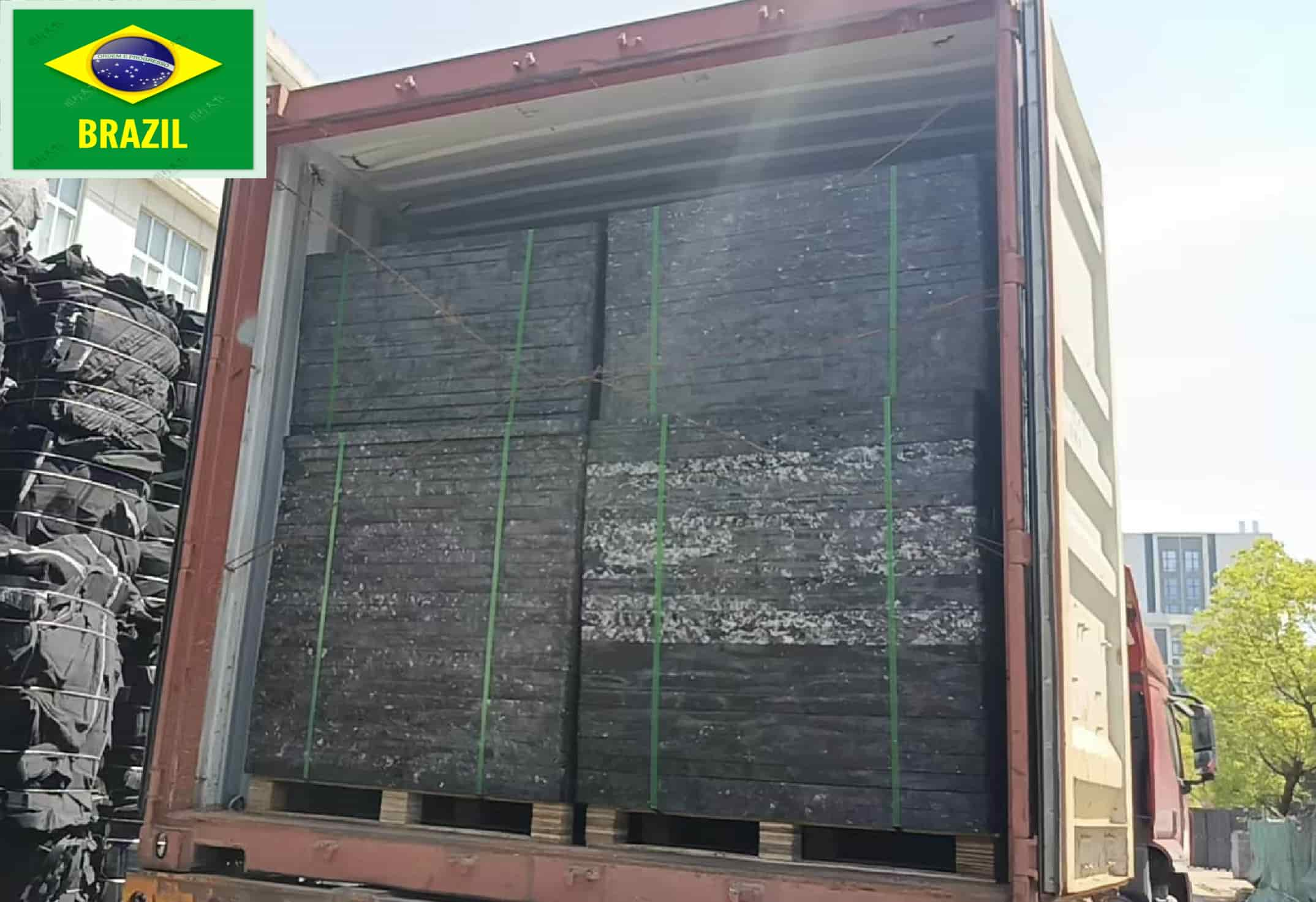


 Tel: +86-13905968794
Tel: +86-13905968794 Email: export@hwmachines.com
Email: export@hwmachines.com MP/WhatsApp: +86-13905968794
MP/WhatsApp: +86-13905968794 Manufacturer Address:Nanan,Quanzhou City,Fujian Province,China
Manufacturer Address:Nanan,Quanzhou City,Fujian Province,China




